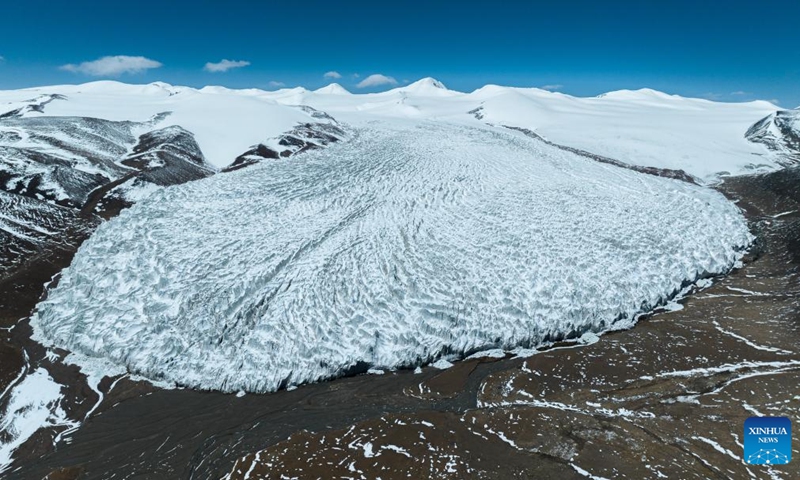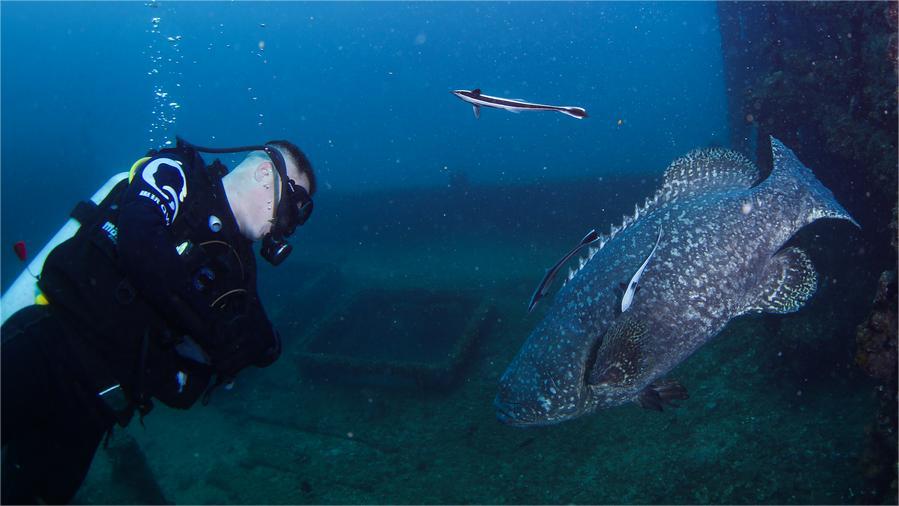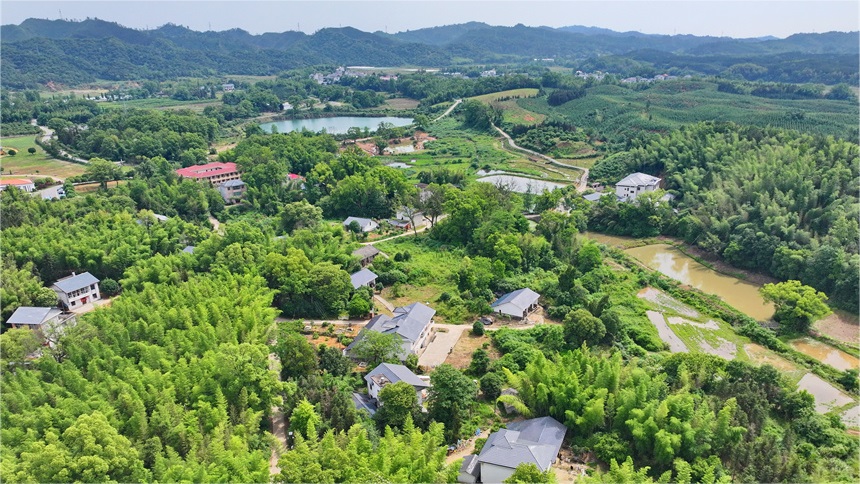Chinese, international scientists release report on growing risk of glacial lake outburst floods

An aerial drone photo taken on May 11, 2024 shows a view of the Zangser Kangri Glacier at the Changtang National Nature Reserve, Southwest China's Xizang Autonomous Region. Photo: Xinhua
A new joint study conducted by researchers from China, the UK, Canada, Switzerland and Germany has found that the risk of glacial lake outburst floods (GLOFs) is increasing due to global warming. The study was published in Nature Reviews Earth &Environment on Tuesday.
Against the backdrop of global warming, glaciers are melting and retreating. When glacier meltwater is blocked by glaciers, ice moraine, or bedrock, ice lakes form in front of the ice, on the ice edge, on the ice surface, within the ice, or under the ice. Ice lakes may trigger GLOFs, according to Zhang Guoqing, a researcher from the Institute of Tibetan Plateau Research under the Chinese Academy of Sciences and a co-author of the study.
Conducting a comprehensive study of the global distribution, formation time, evolution process, and physical characteristics of ice lakes is crucial for mitigating the damage caused by GLOFs in downstream areas, Zhang noted.
Previous ice lake studies have been more singular, focusing on specific types of ice lakes or specific mountain areas. There has been a lack of global systematic study of the characteristics and changes of ice lakes and GLOFs, according to Zhang.
In the study, researchers synthesized global changes in glacial lakes and GLOFs. More than 110,000 glacial lakes currently exist, covering a total area of around 15,000 square kilometers. This area has increased roughly 22 percent per decade from 1990 to 2020. More than 10 million people are exposed to the impacts of GLOFs, which are also associated with dam failure, according to the article.
Ongoing deglaciation and lake expansion are expected to increase the frequency of GLOFs, according to the article.
There are big regional differences, the researchers concluded. In high mountain areas of Asia, GLOF hazards are projected to triple by 2100, but the potential risk in the Western European Alps and Cordillera Blanca Mountains in Peru is relatively low. Iceland may experience volcanic activity in the future, leading to large-scale GLOFs, the report said.
The report called for future research to prioritize acquiring field data on lake and dam properties, as well as globally coordinated multi-temporal lake mapping, and robust and efficient modeling of GLOFs for comprehensive hazard assessment and response planning.
Photos
Related Stories
- 'Never thought we can watch a flight take off from the ocean,' rare and record-breaking rainfall in Dubai triggers debate in China on climate change
- Experts warn of disease-control challenges from climate change
- WMO issues red alert over record-breaking climate change indicators
- Polar Research and Climate Change exhibition held in Hong Kong
- New Zealand glaciers continuously shrinking: snowline survey
- World economy faces massive income reduction due to climate change: study
Copyright © 2024 People's Daily Online. All Rights Reserved.









